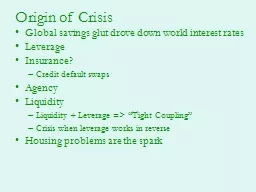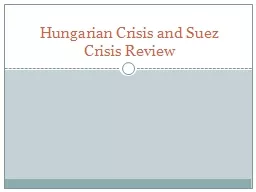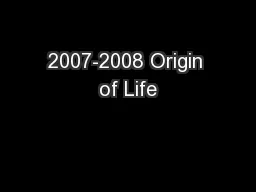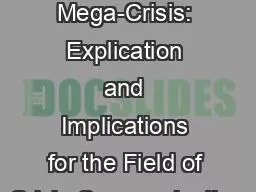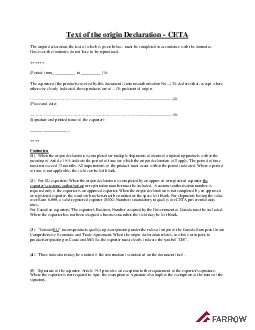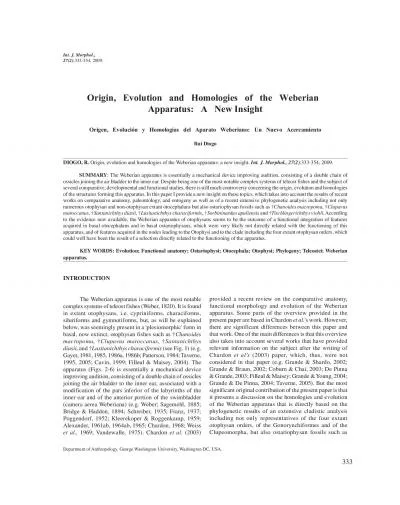PPT-Origin of Crisis
Author : test | Published Date : 2017-04-28
Global savings glut drove down world interest rates Leverage Insurance Credit default swaps Agency Liquidity Liquidity Leverage gt Tight Coupling Crisis when leverage
Presentation Embed Code
Download Presentation
Download Presentation The PPT/PDF document "Origin of Crisis" is the property of its rightful owner. Permission is granted to download and print the materials on this website for personal, non-commercial use only, and to display it on your personal computer provided you do not modify the materials and that you retain all copyright notices contained in the materials. By downloading content from our website, you accept the terms of this agreement.
Origin of Crisis: Transcript
Download Rules Of Document
"Origin of Crisis"The content belongs to its owner. You may download and print it for personal use, without modification, and keep all copyright notices. By downloading, you agree to these terms.
Related Documents

